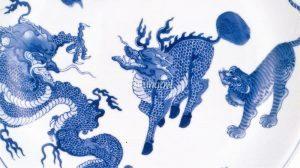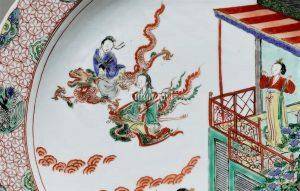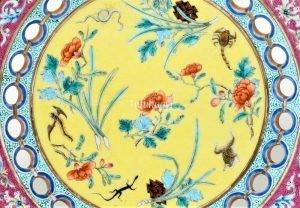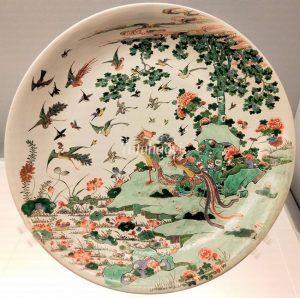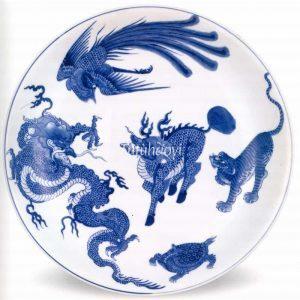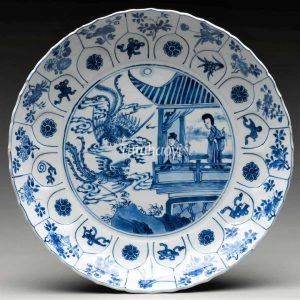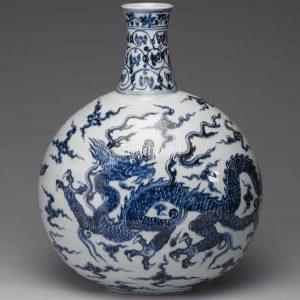Showing Results Containing
Dragon and phoenix are commonly seen motifs in Chinese visual culture. Tiger, qilin and tortoise, at the same time, are favoured creatures symbolic for auspice. But when the motifs of the above five beasts are combined together, they have more mea...
Correctly identifying figures is crucial to deciphering an obscure story scene. Looking at this featured image, for example, some may think that the two figures in non-specific attires on a dragon and a phoenix are anonymous Daoist immortals. But ...
On Duanwu Festival, Chinese people have a variety of practices, such as drinking rice wine sprayed with realgar powder and hanging images of the Heavenly Master on the lintel. Where did this tradition come from and how were these practices depicte...
Phoenix has been deemed as a holy, noble and beautiful bird in the Chinese folk myths and was regarded as the king of all birds.
In Volume 915 of the comprehensi...
Duke Mu of the Qin State (秦穆公, died 621 BCE) was one of the so-called Five Hegemons (五霸 wuba) in the Spring and Autumn Period (770 – 476 BCE) (春秋 chunqiu). He had a daughter named ‘Nongyu (弄玉, meaning Playing Jade)’, who was a talented musician excelling at playing the sheng (笙 mouthorgan...
The fifth creature of the Chinese zodiac, the long dragon is one of the most complex and multilayered of all Chinese symbols. Its ferocious energy binds together all the phenomena of nature: bringing benevolent rain, but also typhoons; shaping the landscape, and causing earthquakes. One of the guardian creatures...
The feng phoenix, or feng huang 凤凰, which is often portrayed to resemble a peacock or golden pheasant, is the second of China’s Four Sacred Creatures...
